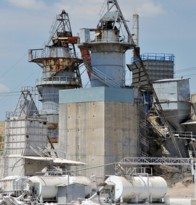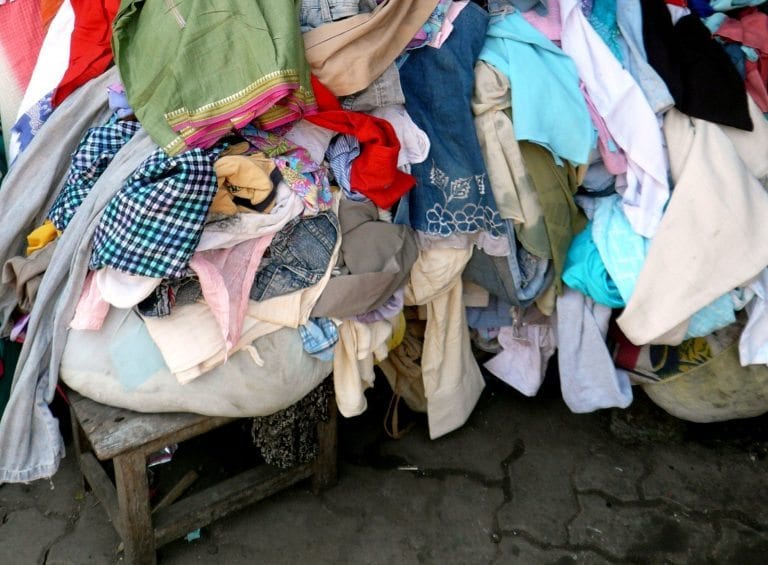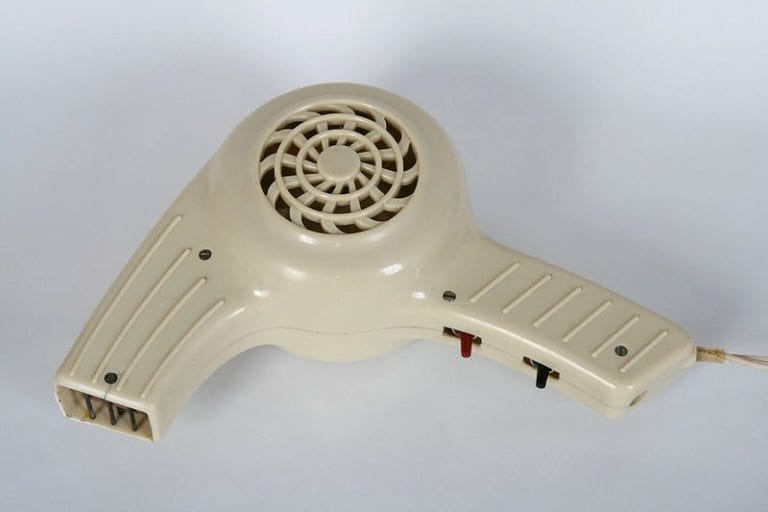Too Much Airborne Asbestos Means Higher Mesothelioma Risk for Workers
A new study evaluating trends in workplace concentrations of asbestos over time and across industries has some good news and bad news about mesothelioma risk for workers. Researchers at Cardno ChemRisk, a California-based scientific consulting firm, analyzed data collected by the Occupational Safety and Health Administration (OSHA) between 1984 and 2011. OSHA conducts inspections to measure asbestos concentrations because of the link between asbestos exposure and lung diseases like malignant mesothelioma. The bad news is that many of the air samples collected contained dangerously high levels of asbestos fibers, well beyond what OSHA allowed. This was the case even decades after asbestos was identified as the primary cause of mesothelioma. “Asbestos compliance sampling data associated with the construction, automotive repair, manufacturing, and…









